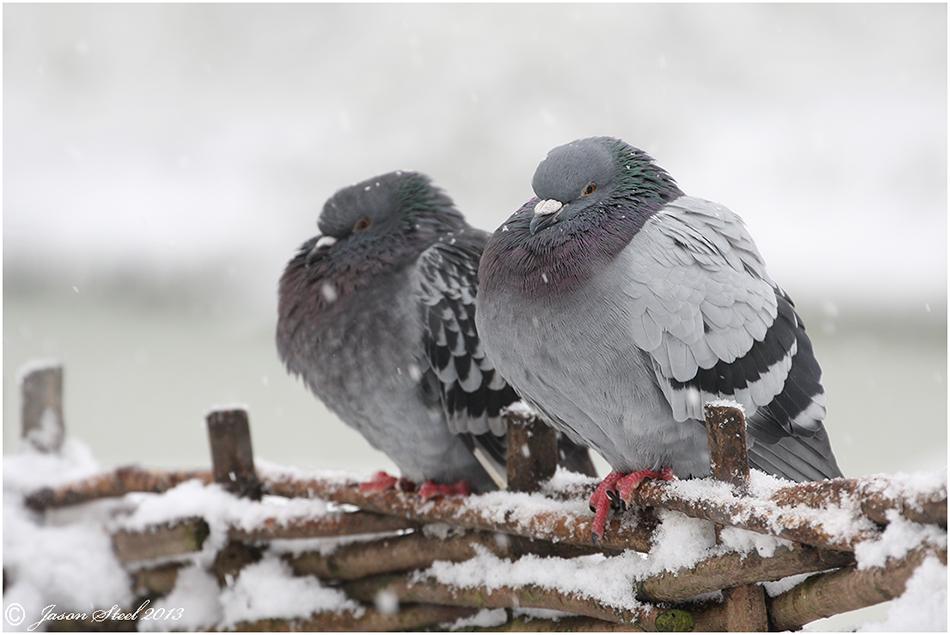
Feral Pigeons photographed in an urban park in mid-winter
Rock Dove / Feral Pigeon (Columba livia / Columba livia domestica)
The Rock Dove is found on remote coastal edges where they nest high in the cliffs. Around 600 years ago Rock Doves were caught and domesticated for human consumption. Escapees of these Domestic Pigeons formed today's colonies of Feral Pigeons that are now common in nearly every part of the UK. Feral Pigeons are most abundant at in urban and suburban areas where they have become primarily scavengers. In towns where Feral Pigeons are fed by members of the public they quickly breed and are often considered to be a pest and there are often calls for them to be culled.
The Rock Dove is the original ancestor of the common Domestic Pigeon and the two readily interbreed. They are generally regarded as one species although some consider the Feral Pigeon to be a sub-species of the Rock Dove. Feral Pigeons come in a variety of shades and colours but many still look exactly the same as the original Rock Dove that they are descendants of.
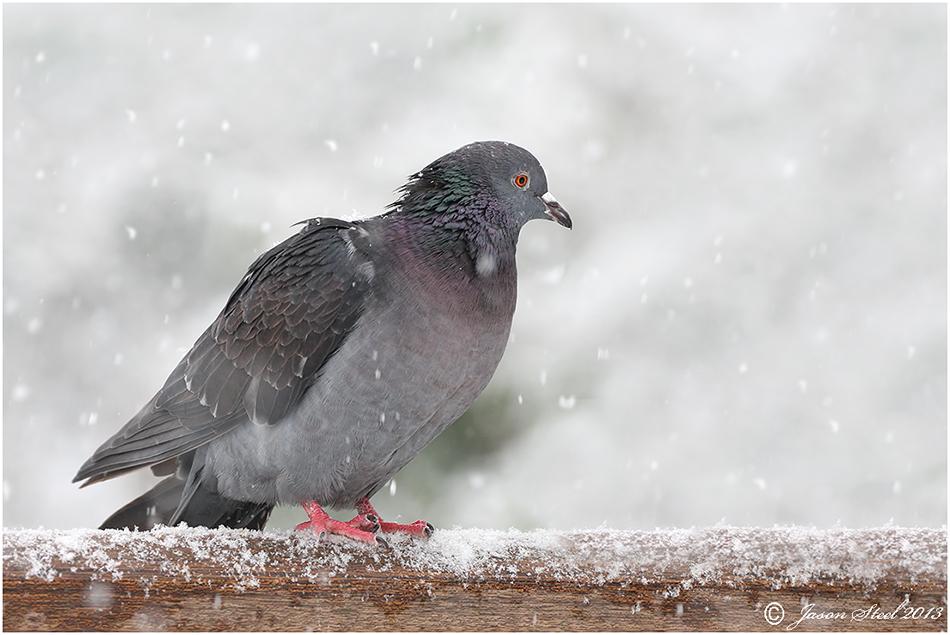
Feral Pigeon photographed in an urban park in mid-winter 2013
In urban areas the Feral Pigeons will often use buildings, roofs and guttering as nesting sites. Pigeons are gregarious and are often found in very large flocks and because of their close proximity to towns and urban areas they are often thought to be even more common than they are.
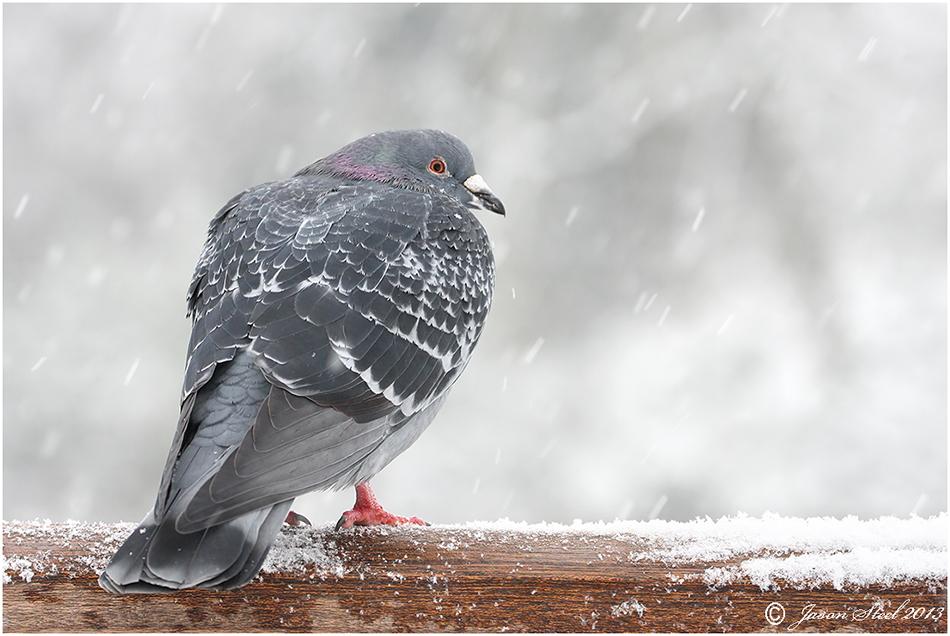
Feral Pigeon photographed in an urban park in mid-winter 2013
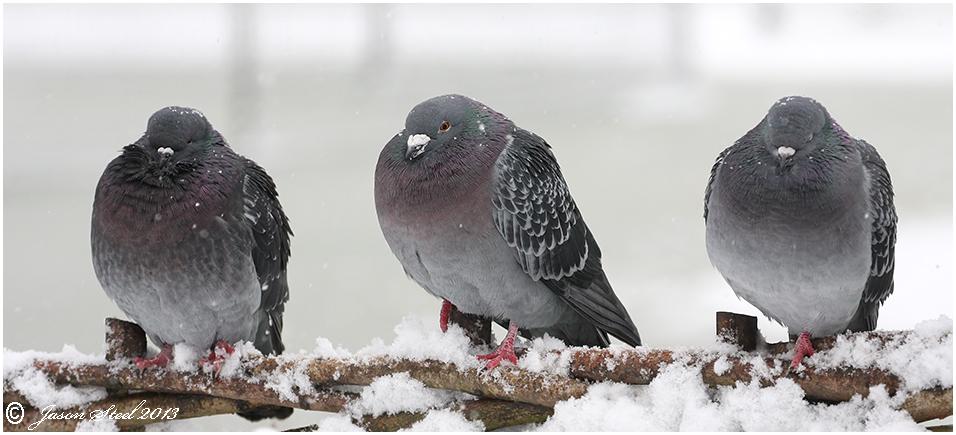
Ferals Pigeon photographed in an urban park in mid-winter 2013
The original diet of the Feral Pigeon consists of grass seeds and wild berries as well as insects and spiders. Many flocks that reside in urban areas have taken to scavenging and will readily risk danger for an easy meal.
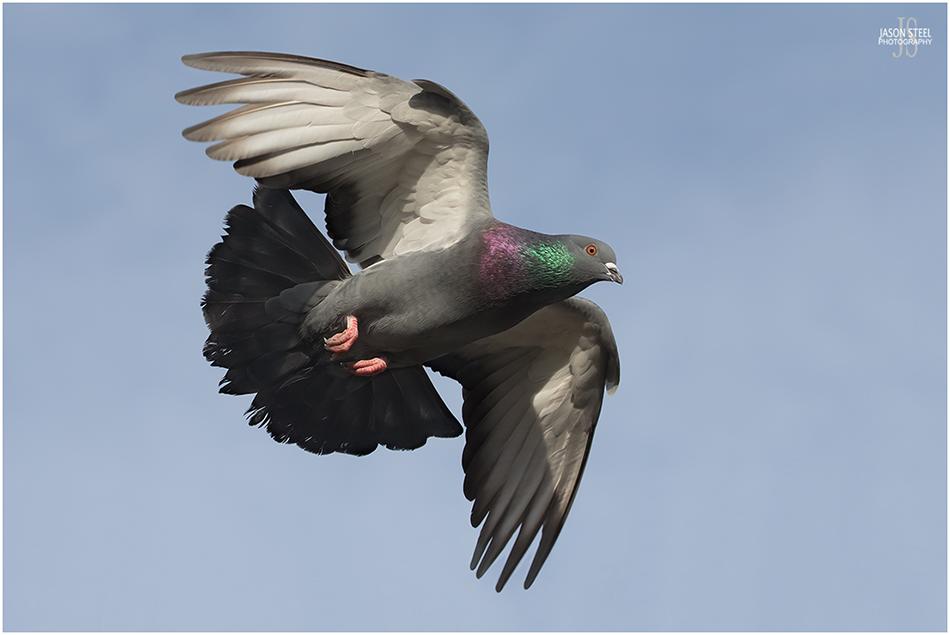
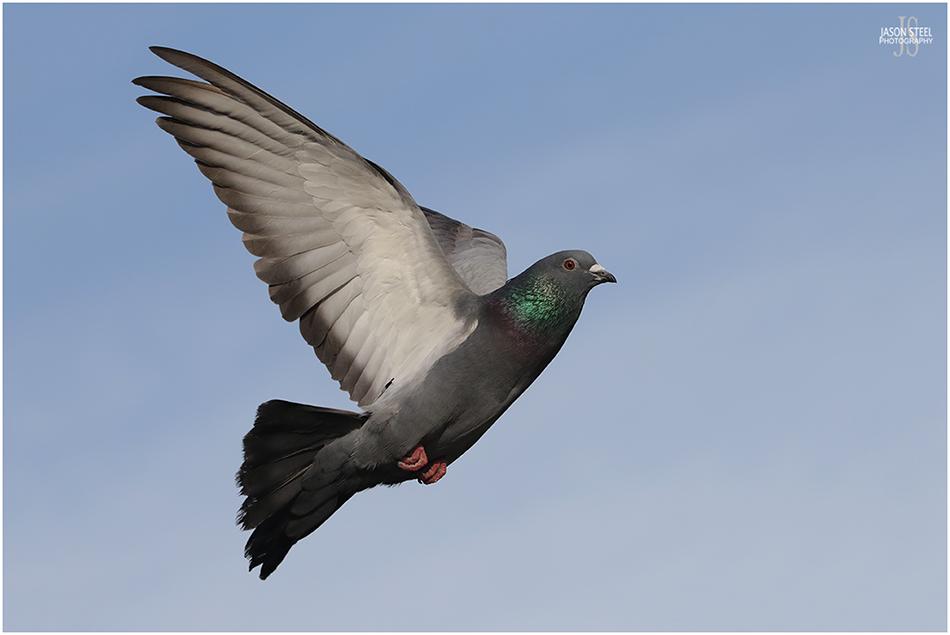
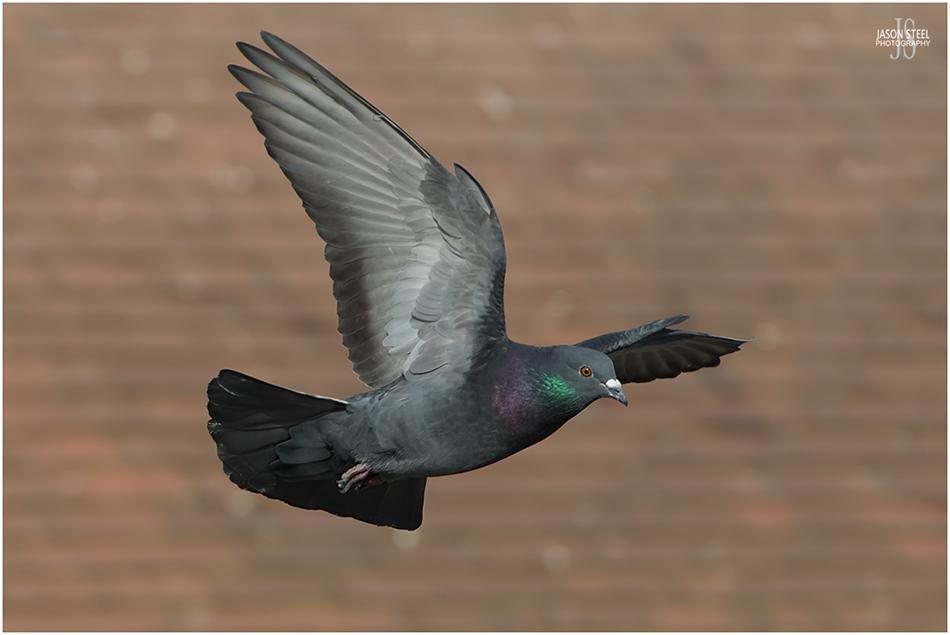
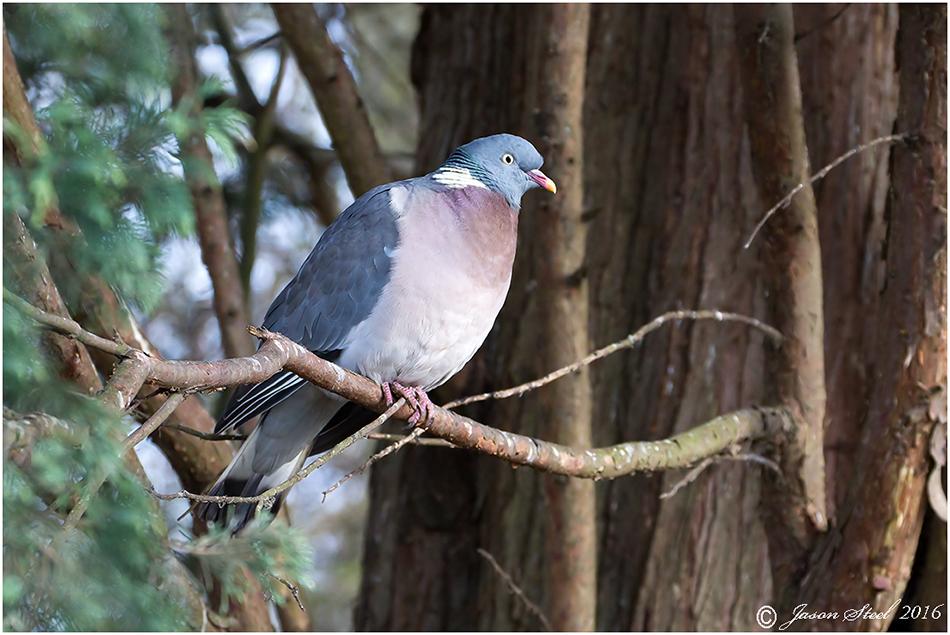
Wood Pigeon (Columba palumbus)
With a distinctive "cooing" the Wood Pigeon is found in fields and woods as well as in built up areas in parks and gardens. These are the largest members of the Pigeon / Dove family in Europe. Usually feeding on vegetables, grain, buds, seeds and berries, Wood Pigeons are not fussy and will eat most food types found on a bird table or feeder. The Wood Pigeon is distinguished by its grey upper body, pink chest, yellow eyes, and a white and green patch on its neck.
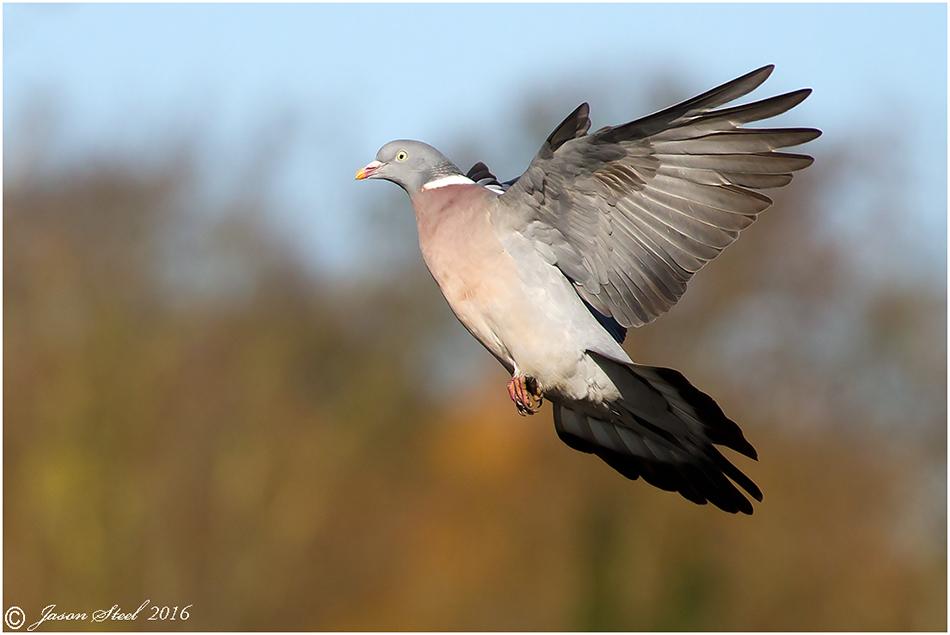
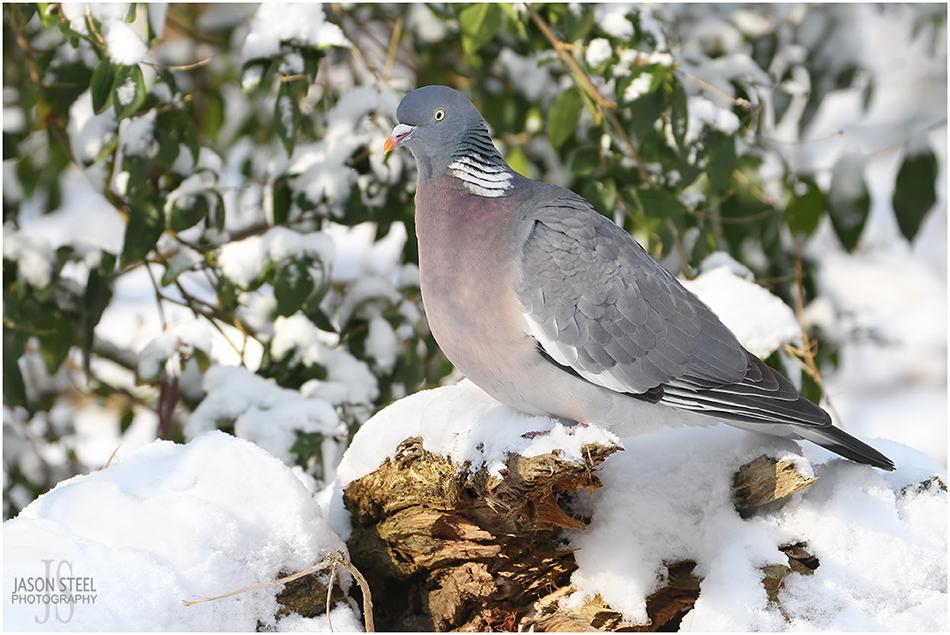
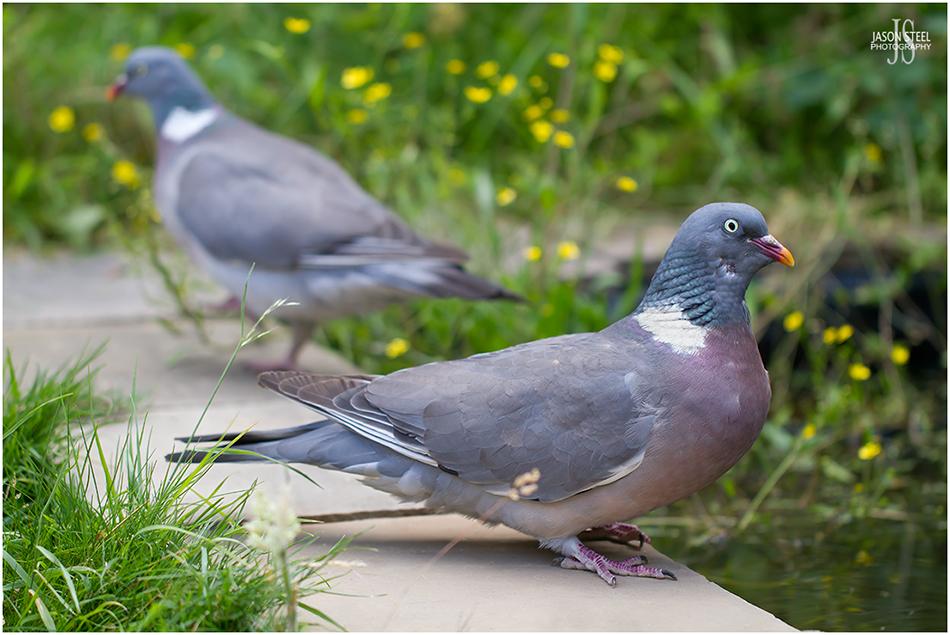
Wood Pigeons drinking from my garden Pond in SE London, 22nd July 2020.
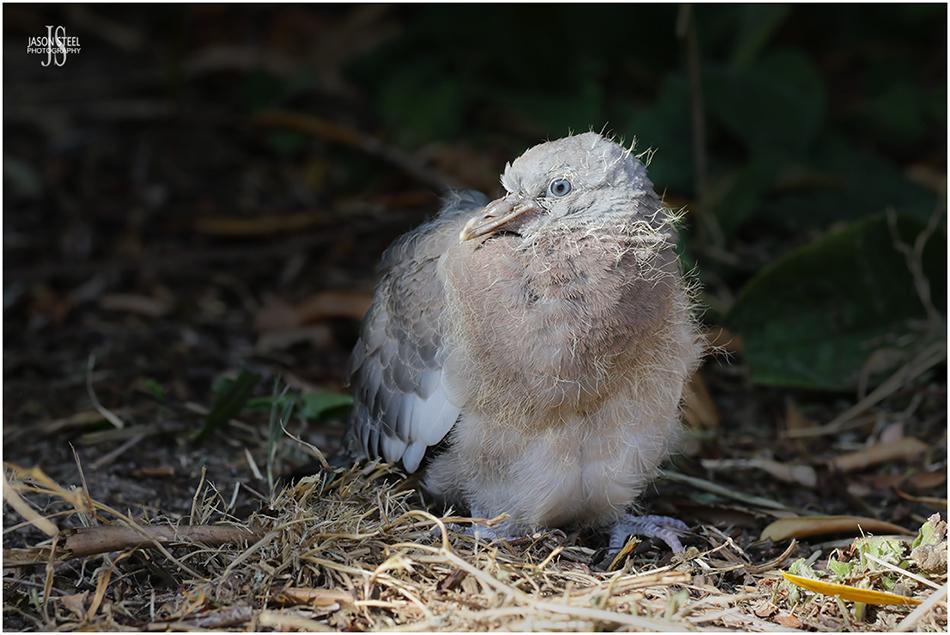
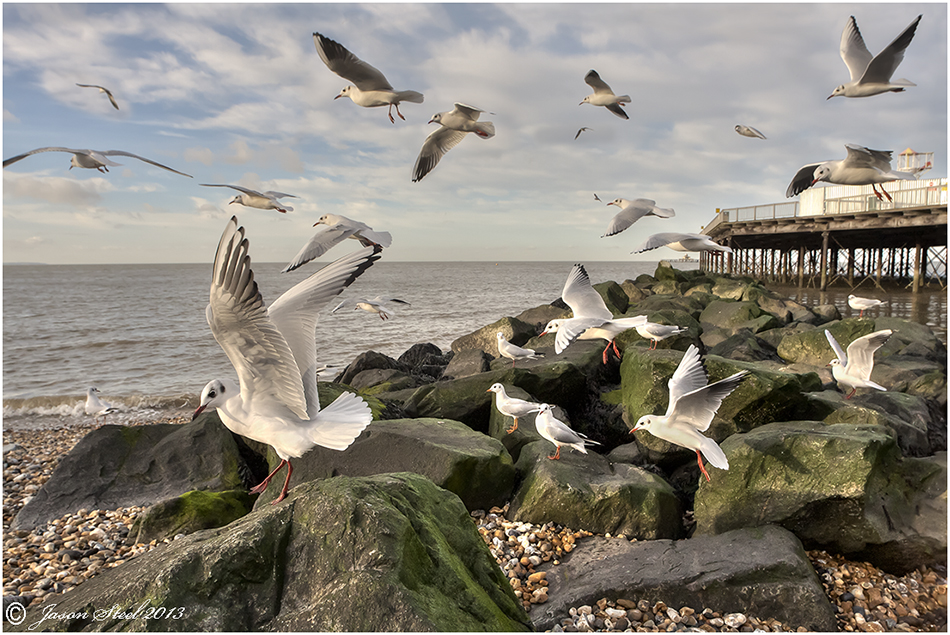
Black-Headed Gull (Chroicocephalus ridibundus / Larus glaucoides)
The Black-Headed Gull is a fairly small but noisy seagull found in much of Europe as well as in Asia. As its name suggests it has a black (or very dark brown) head and white body. During the winter months though (as pictured here) this black head disappears leaving a small black spot on either side of the head.
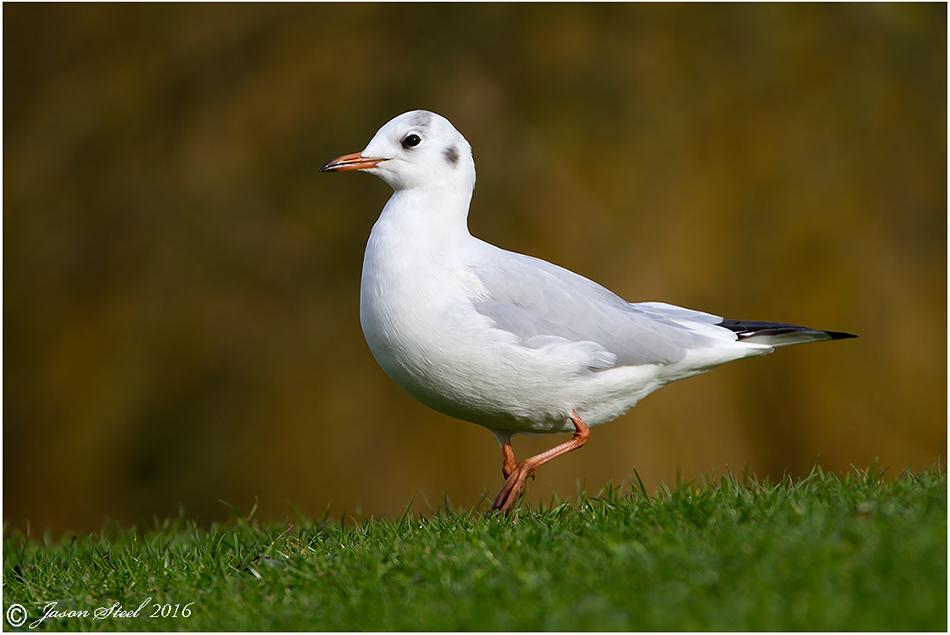
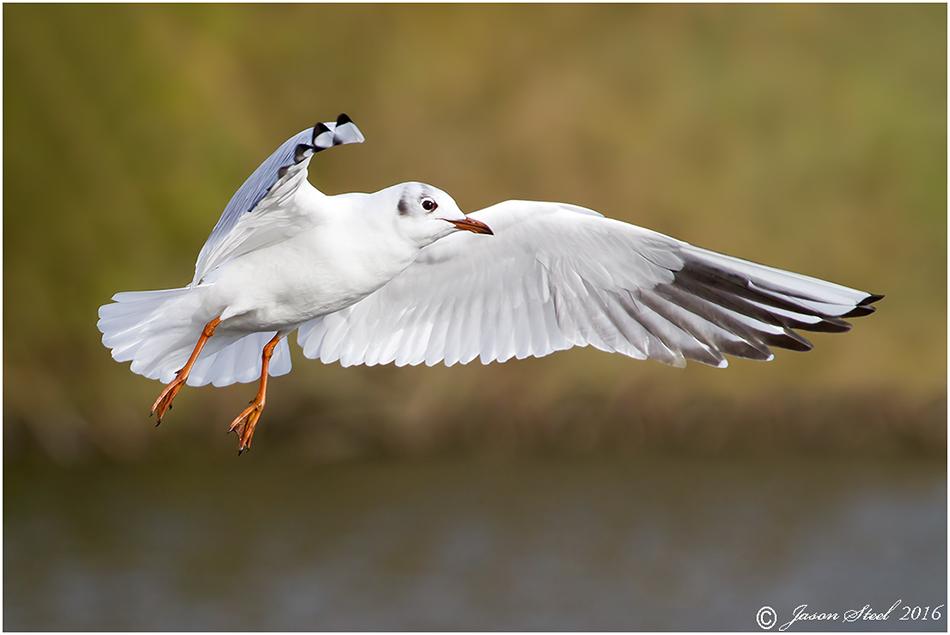
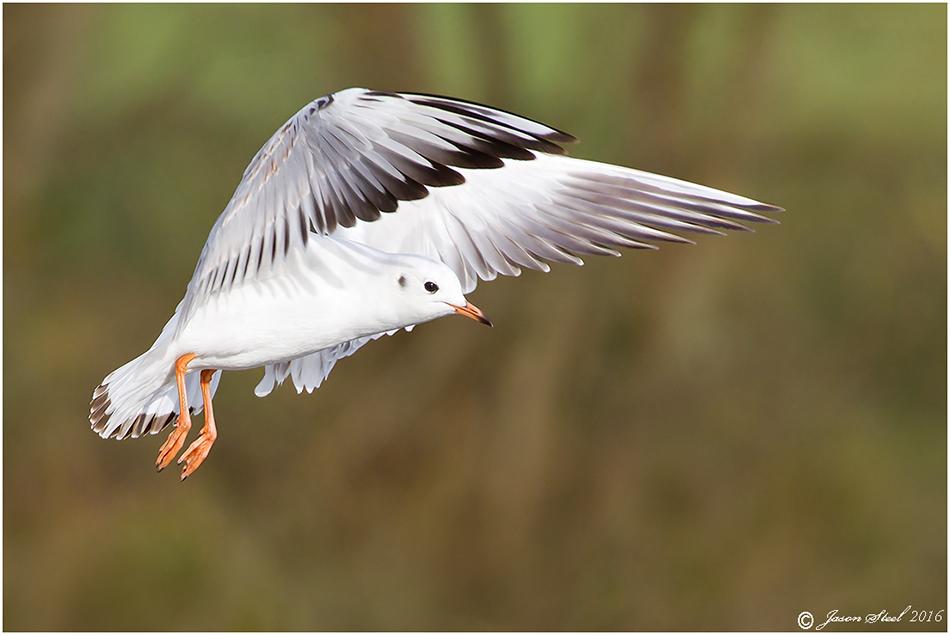
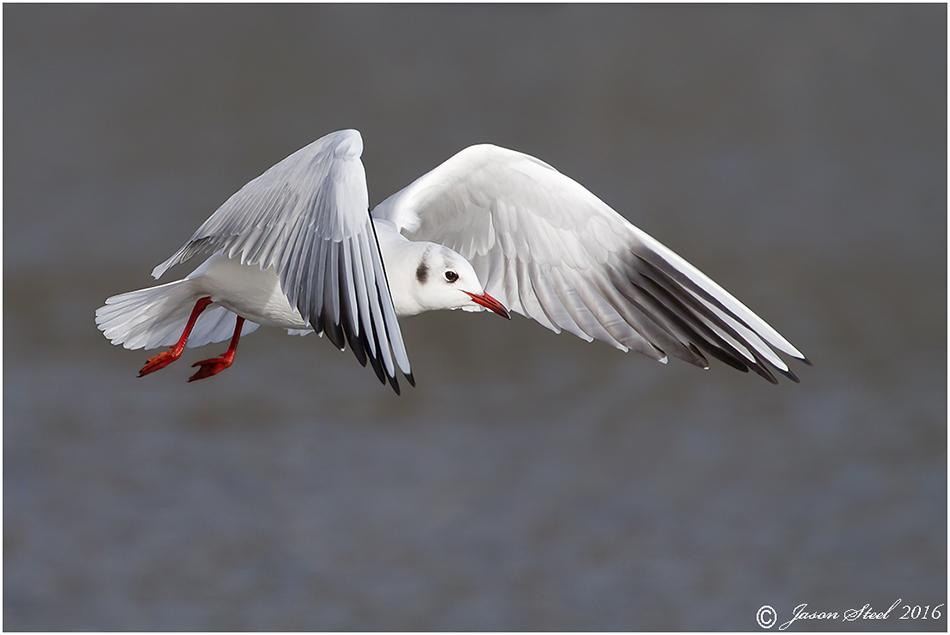
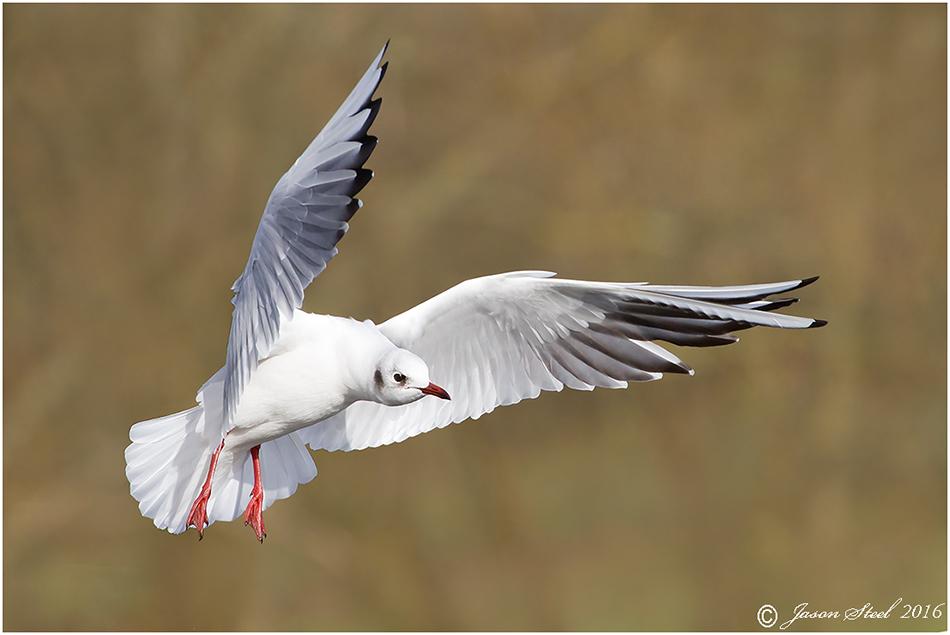
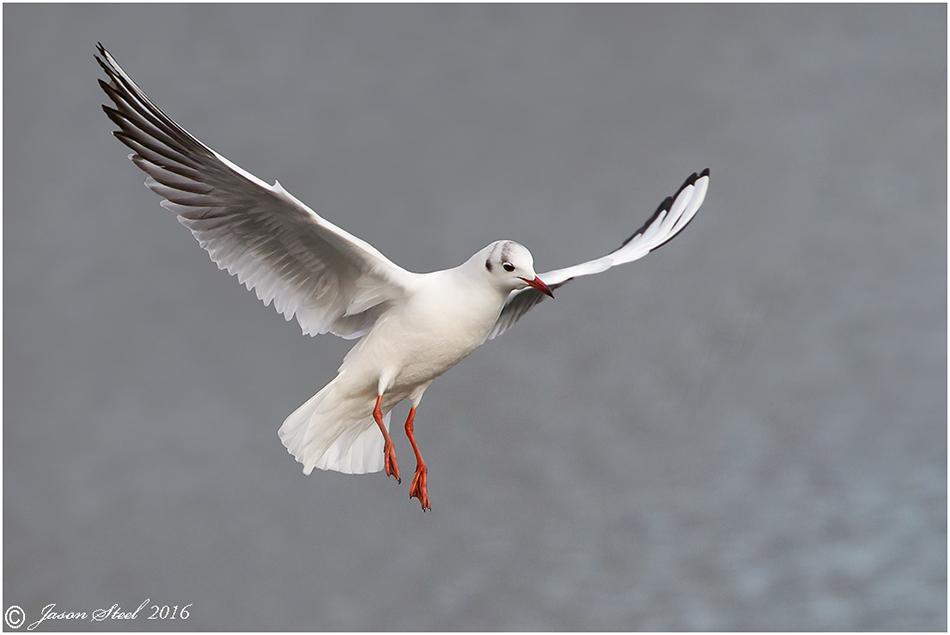
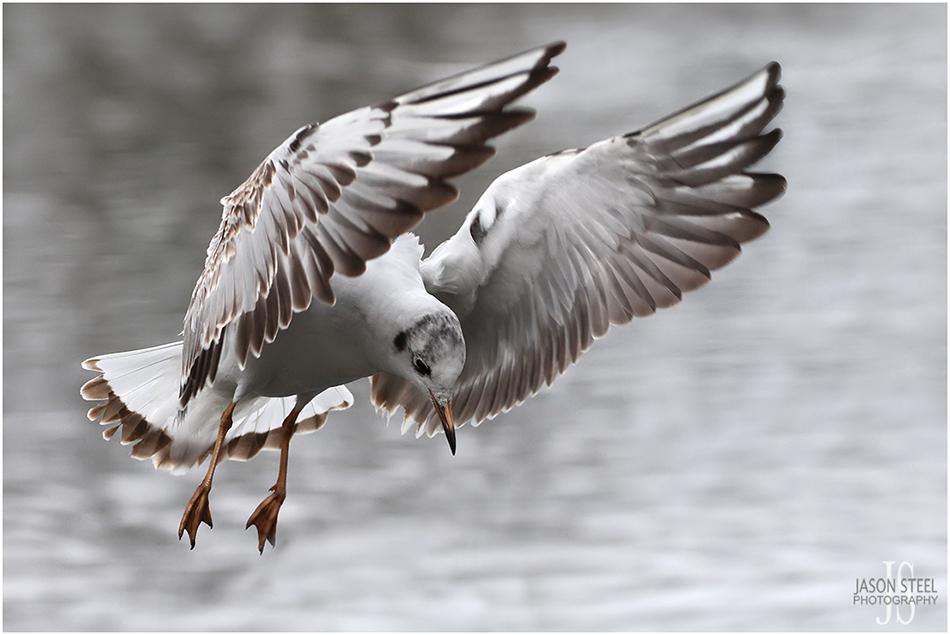
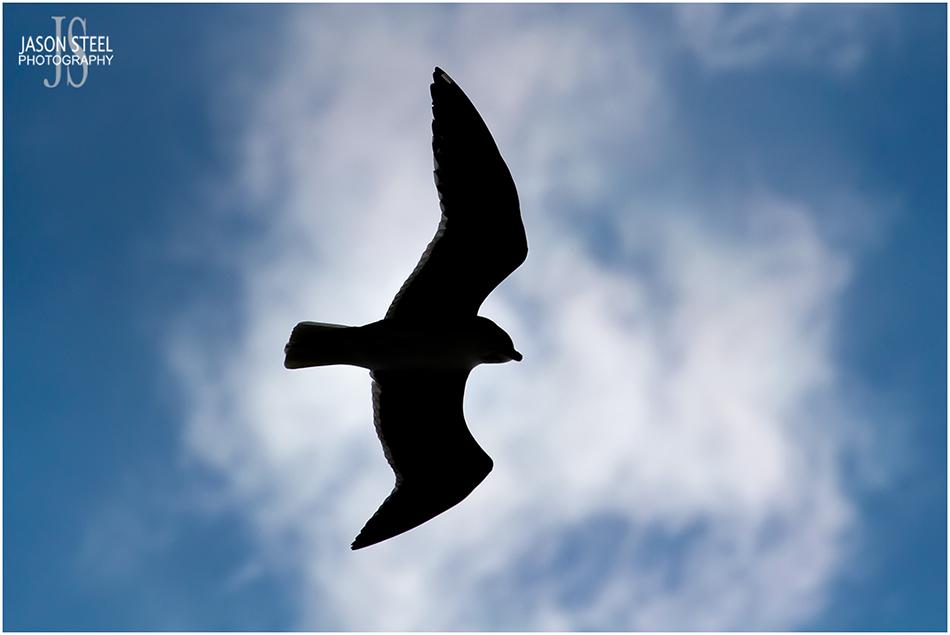
A silhouetted gull flies across the sun as it hides behind white clouds.
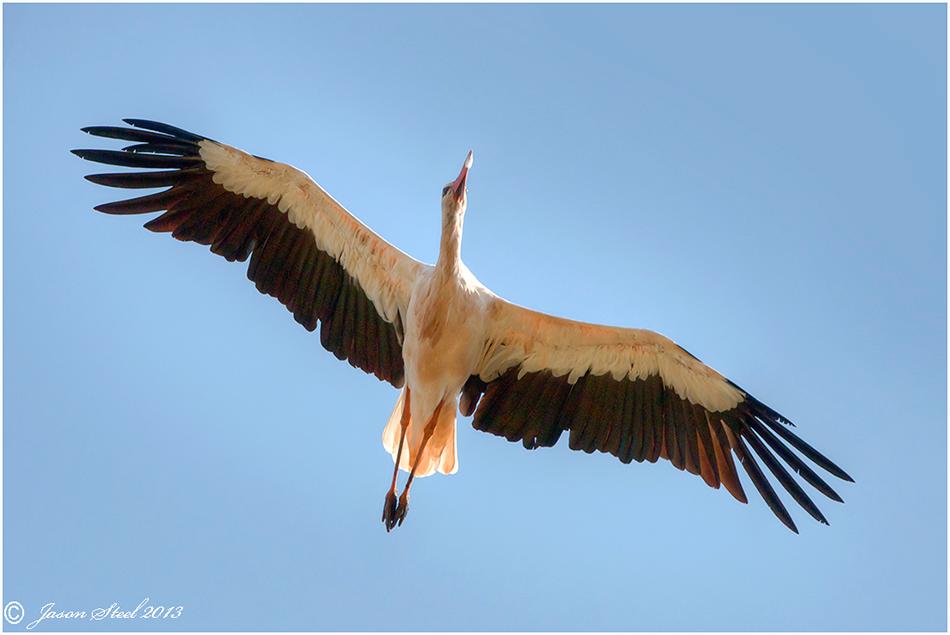
White Stork
The White Stork is now a scarce visitor to the UK. It is a large bird with a wingspan of up to 215 cm and is sometimes mistaken (by me) for a Grey Heron in flight. Feeding from short vegetation or in shallow water the stork will eat insects, fish, amphibians, reptiles and small mammals.
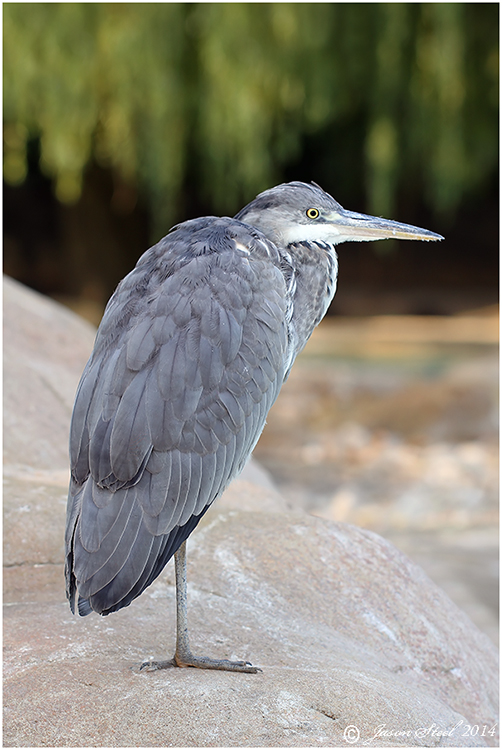
Grey Heron
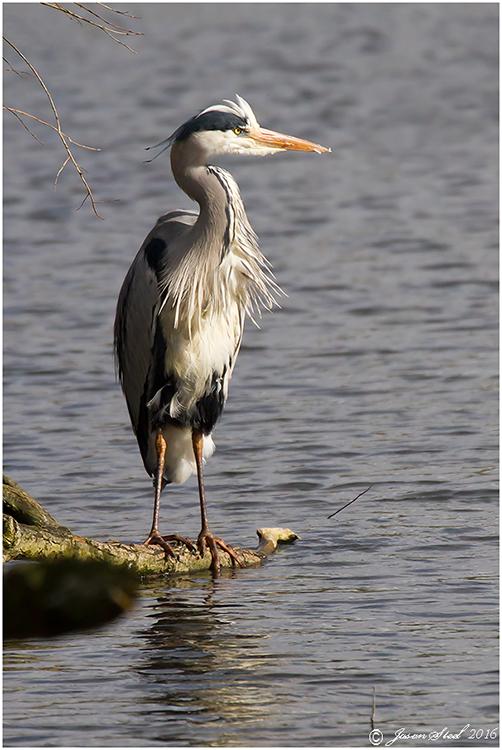
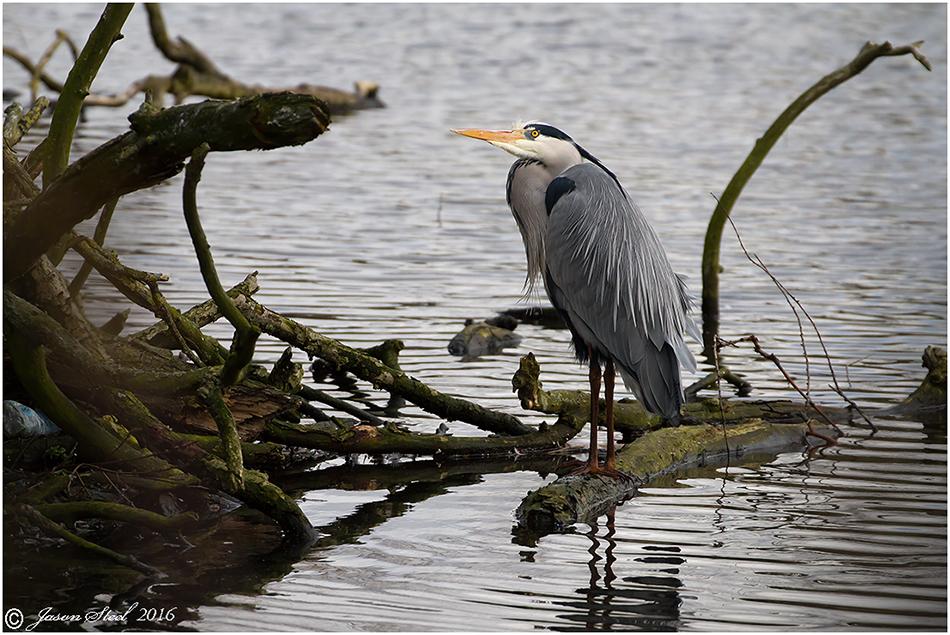
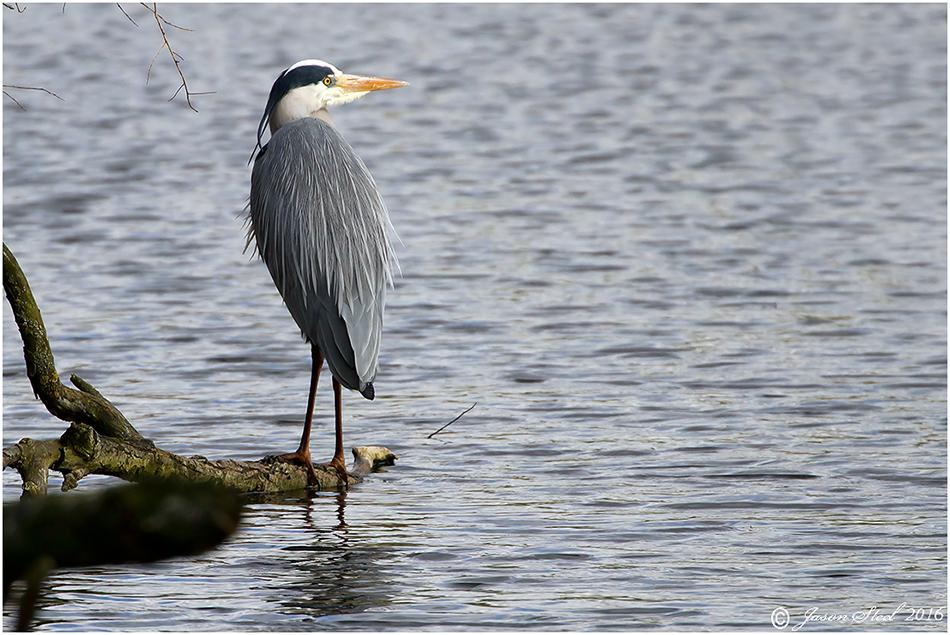
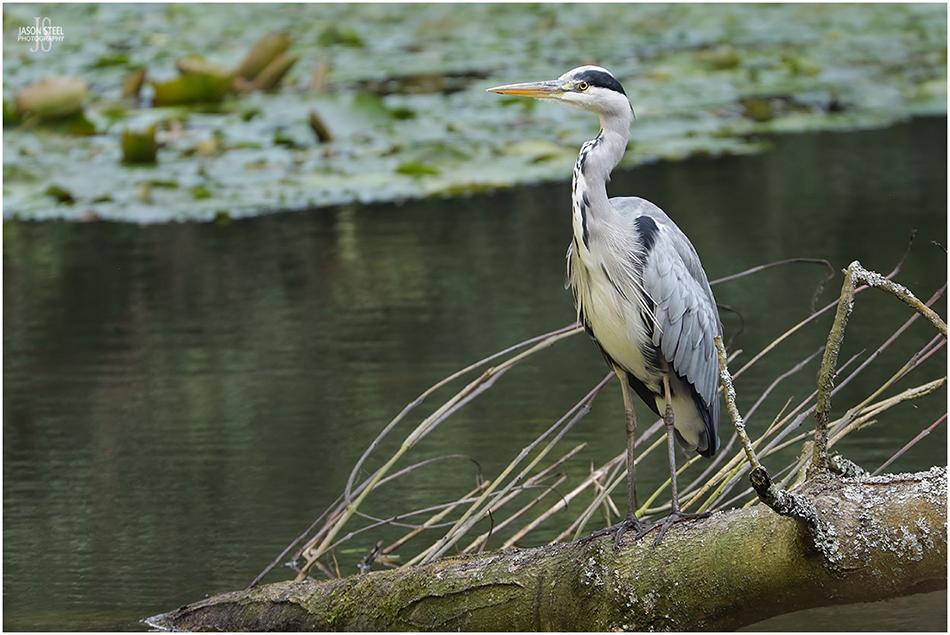
Grey Heron fishing in a large pond in Alexander Park, Hastings, 16th September 2021.
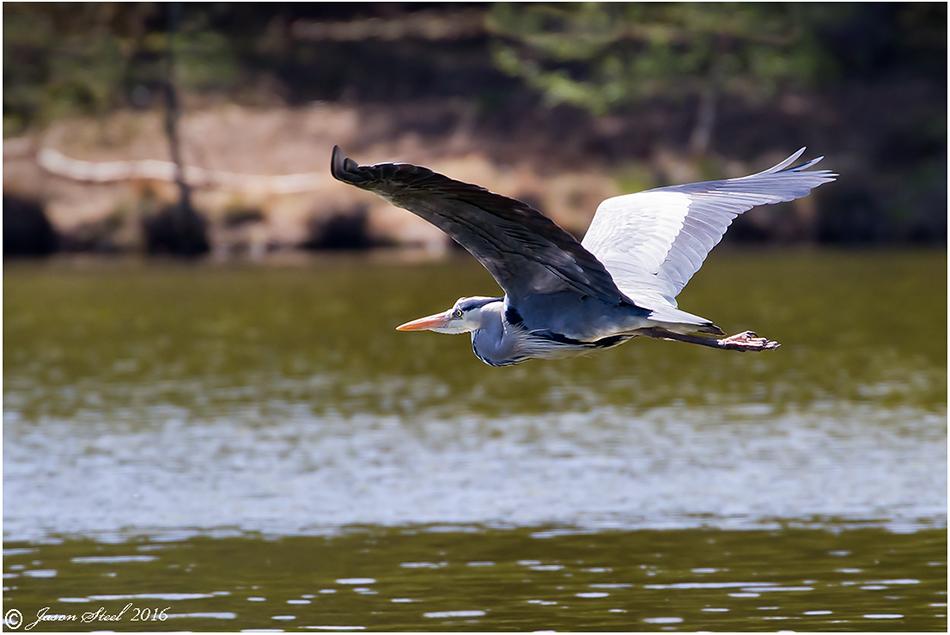
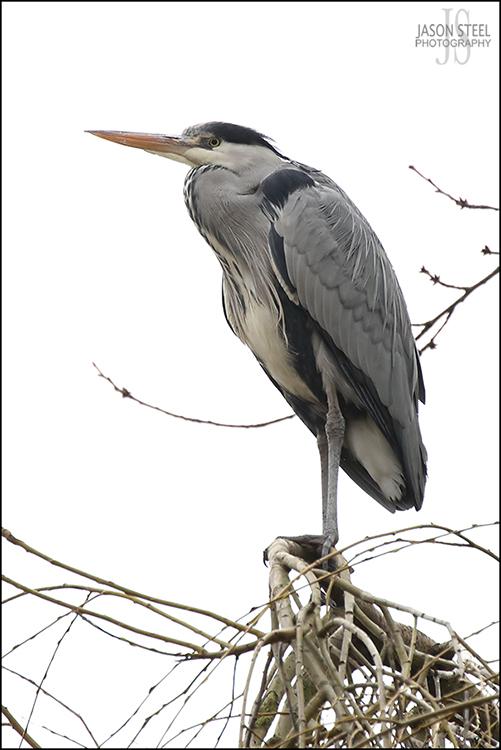
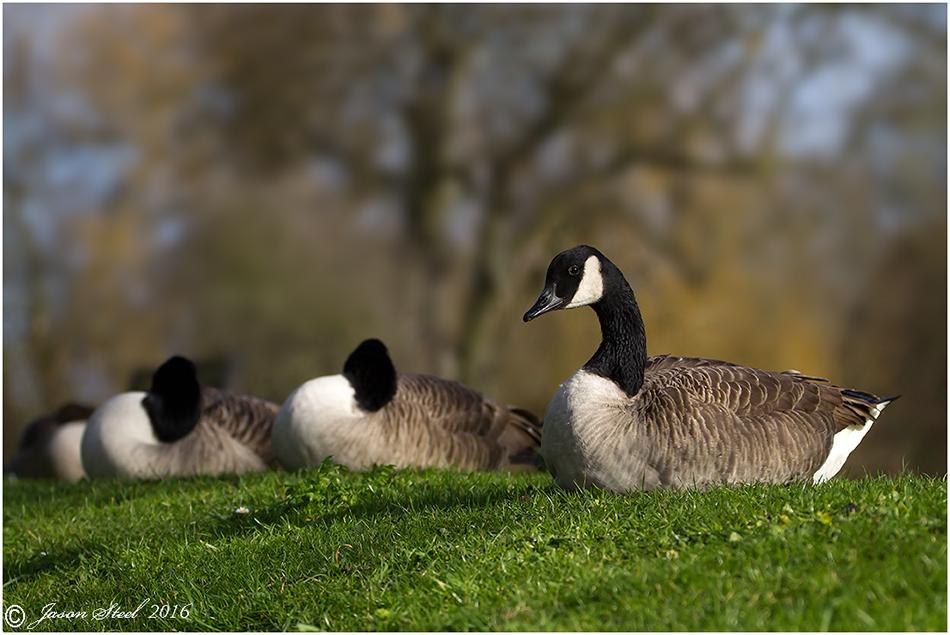
Canada Goose (Branta canadensis)
A familiar goose found at parks, grassland and lakes across the UK all year round. An introduced species this goose is considered by some to be a pest to due the large size of the flocks in some areas.
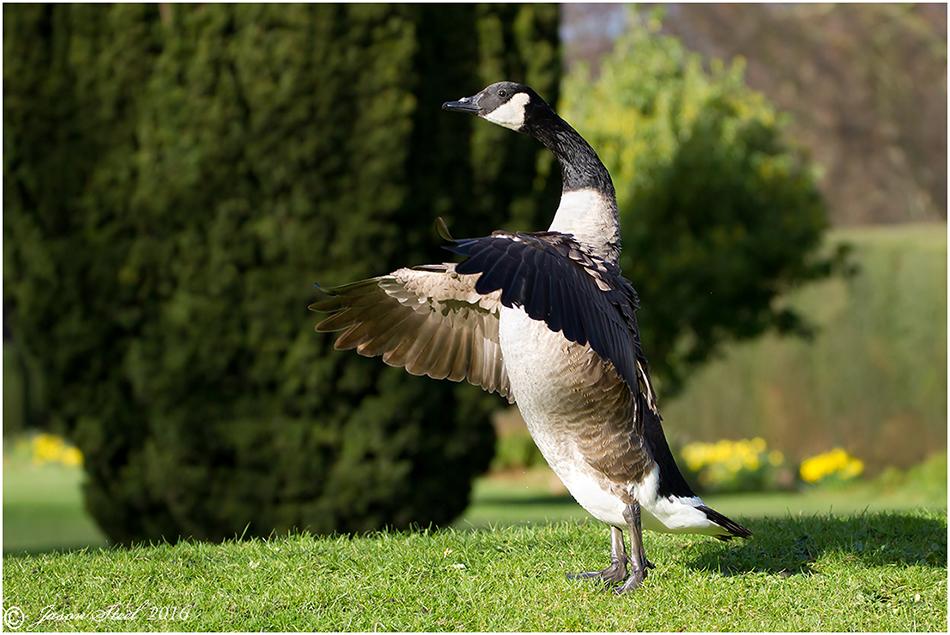
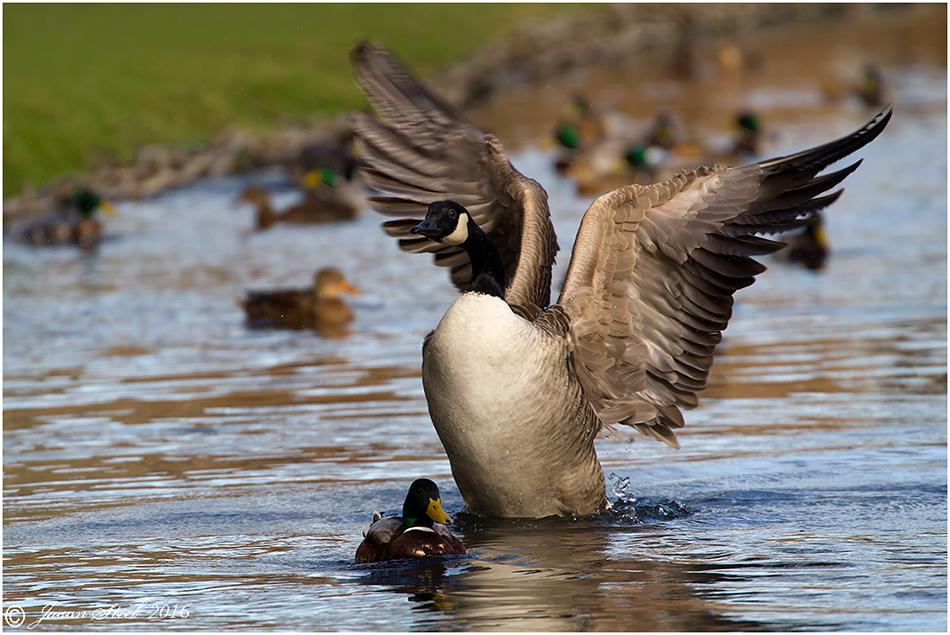
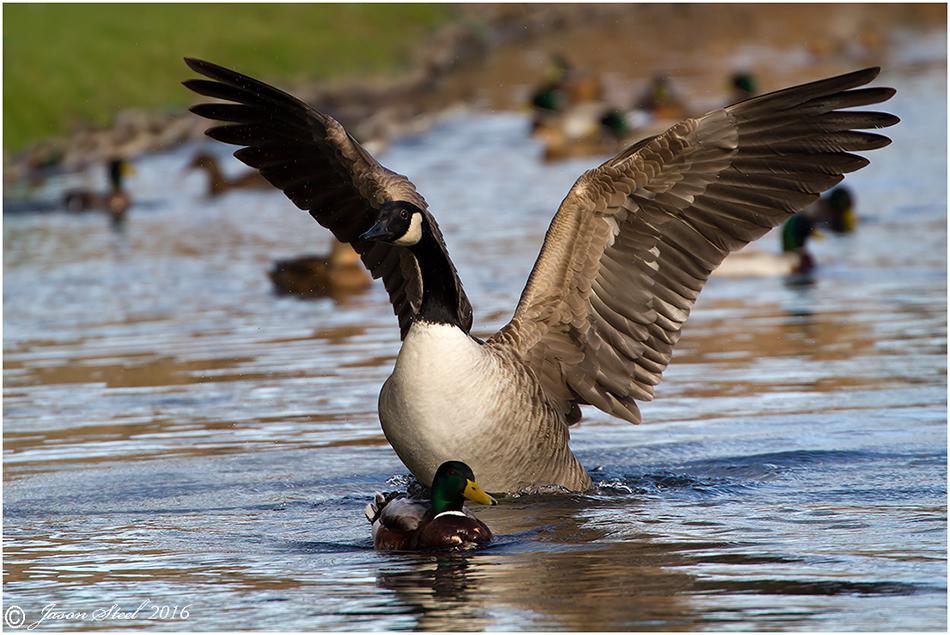
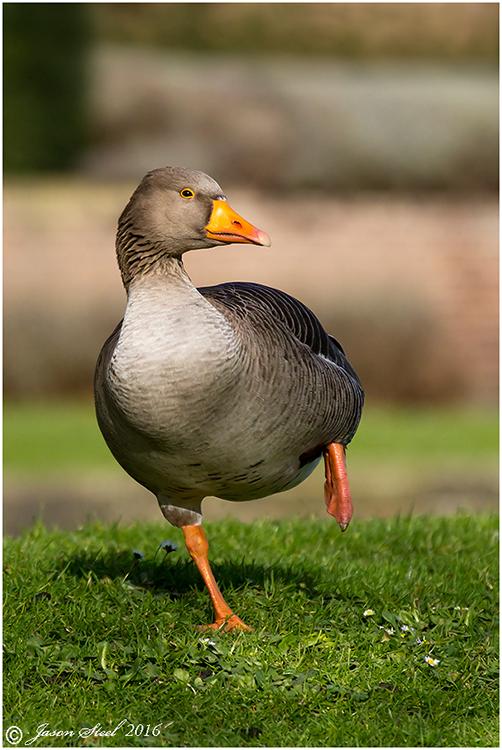
Greylag Goose (Anser anser)
Another familiar goose found at parks, grassland and lakes across the UK all year round. This is the largest of Britain's native geese species. They are often found in mixed flocks with Canada Geese.
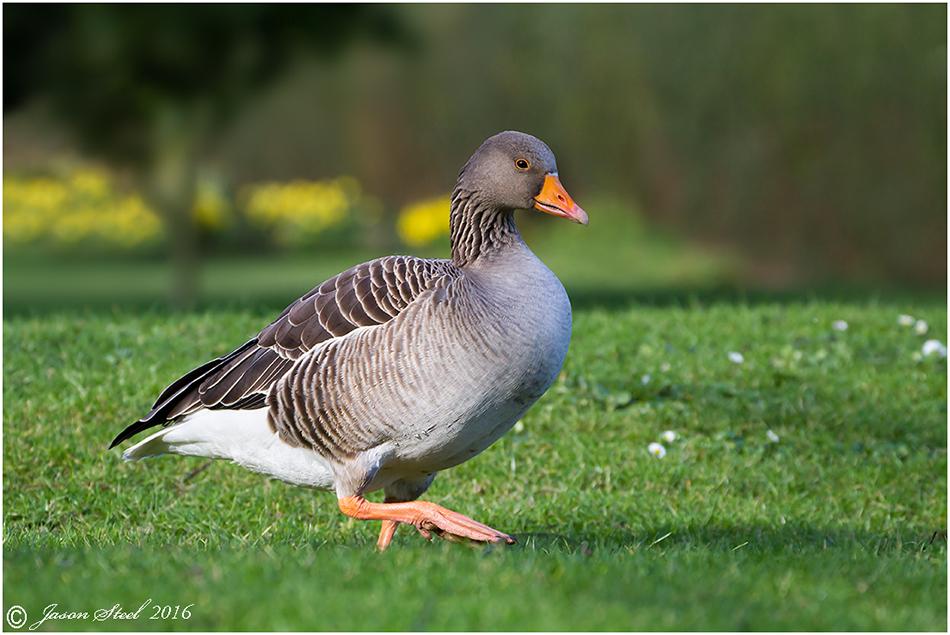
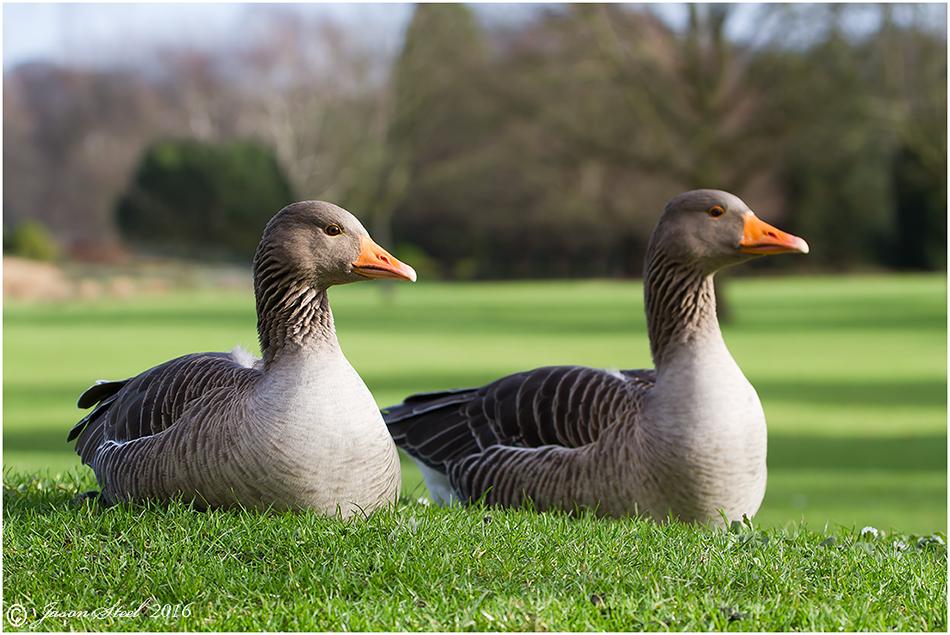
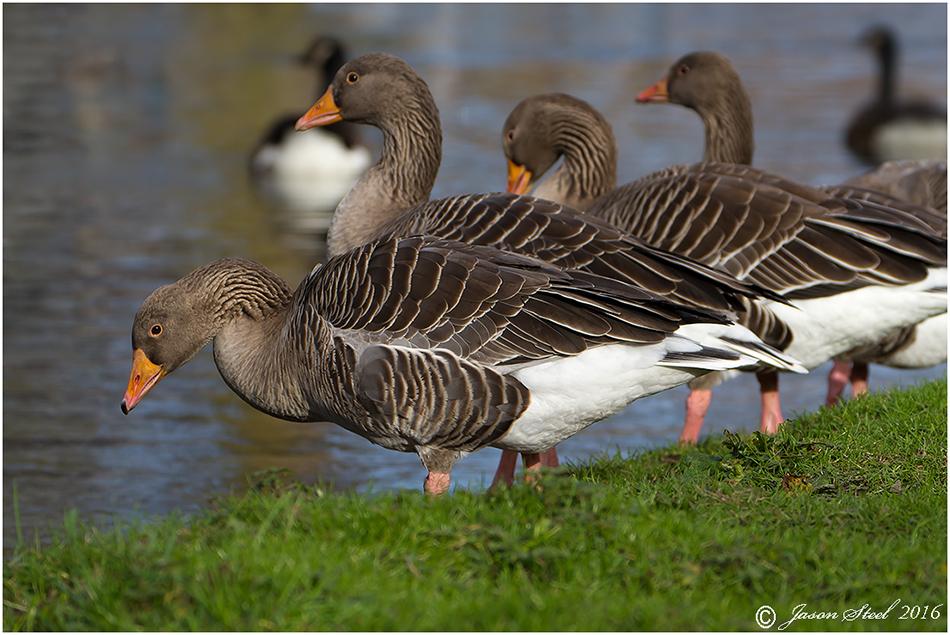
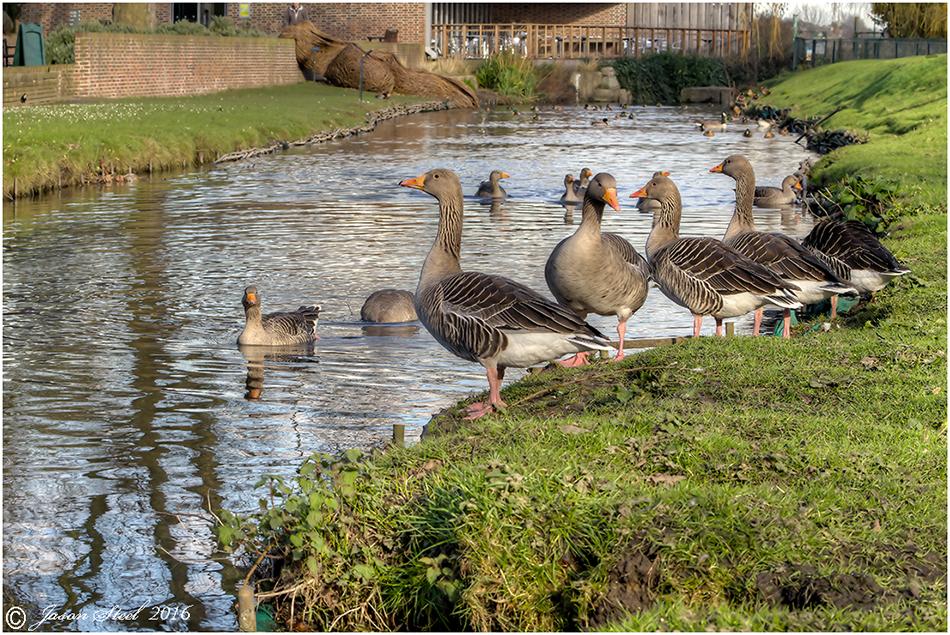
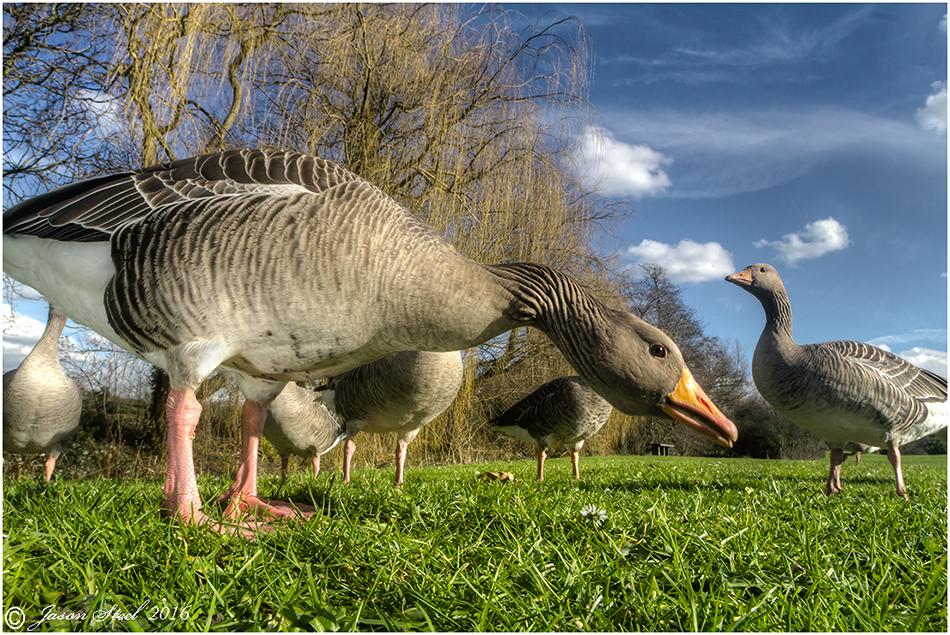
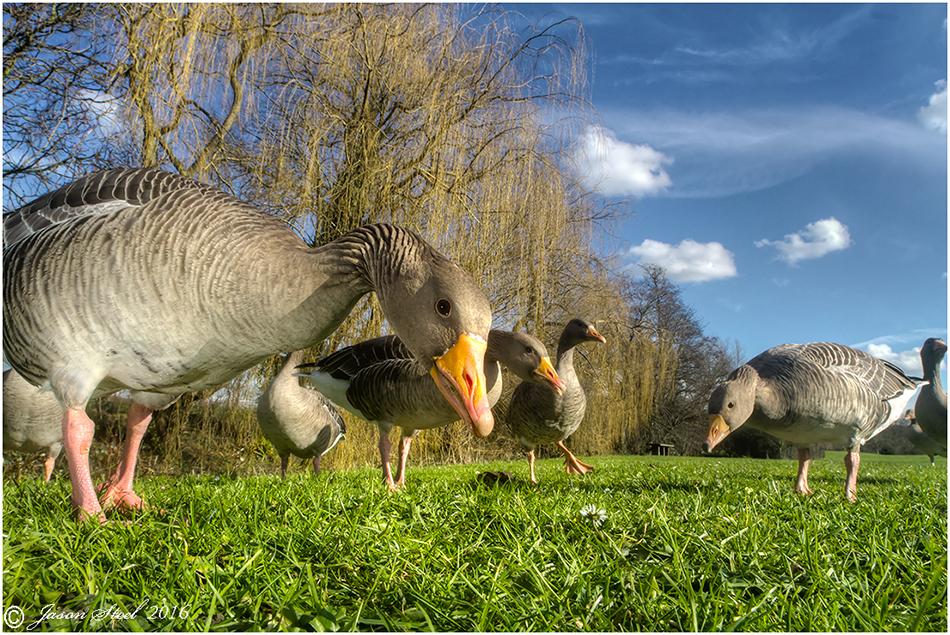
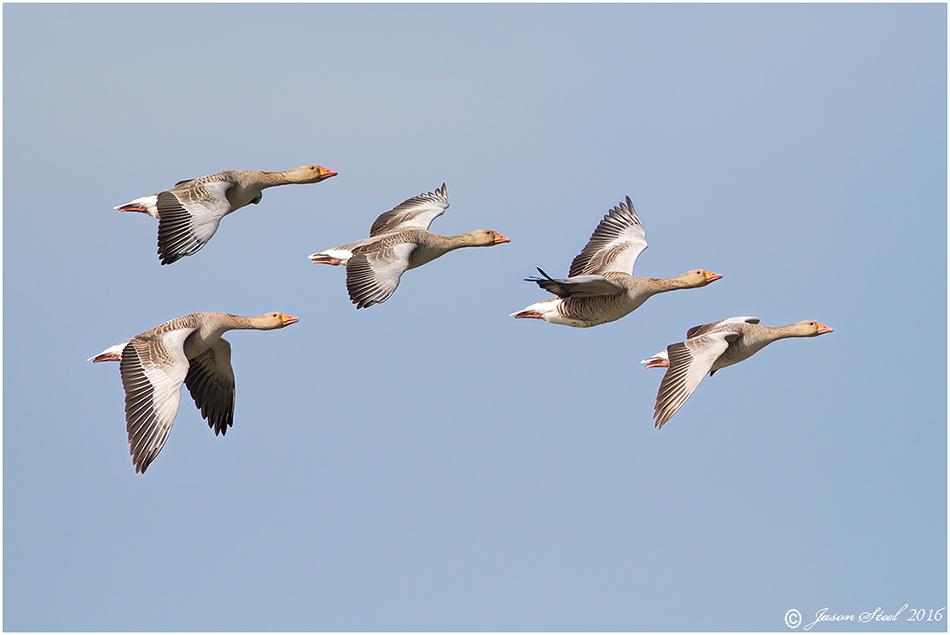
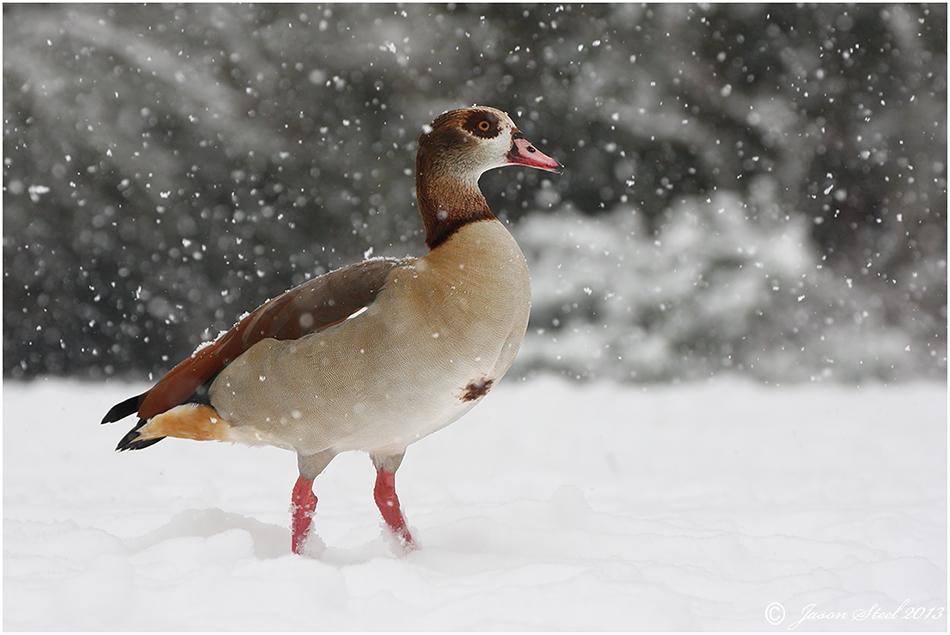
Egyptian Goose (Alopochen aegyptiacus)
Originally from Southern Africa where it was bred for food, the Egyptian Goose was introduced to ornamental gardens in the UK several hundred years ago. It has since successfully bred and can be found living wild especially around the Norfolk coast. London is also becoming a stronghold for this species. There are an estimated 700 - 900 adult birds resident in the UK with about 3400 birds wintering here in the colder winter months.
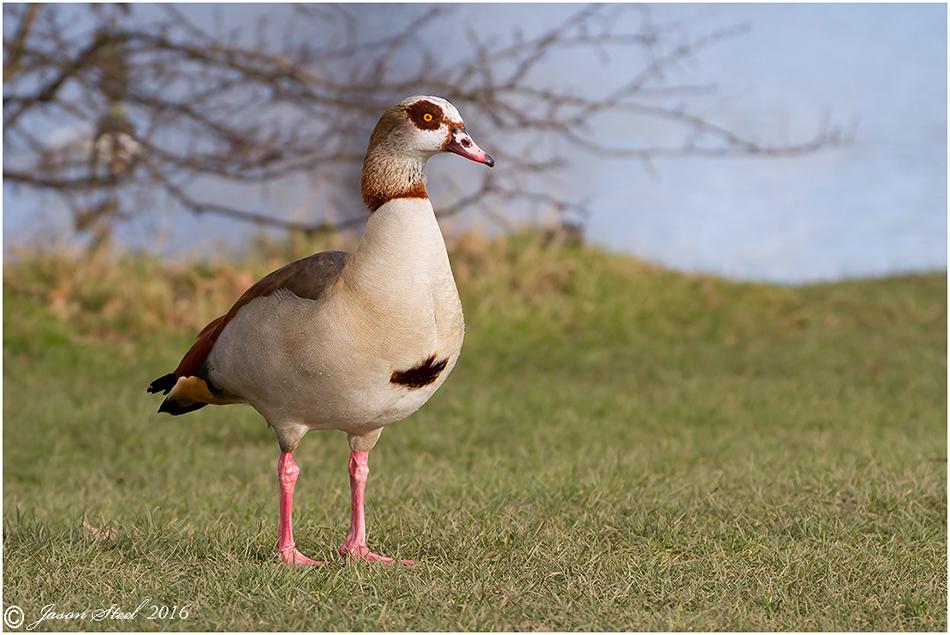
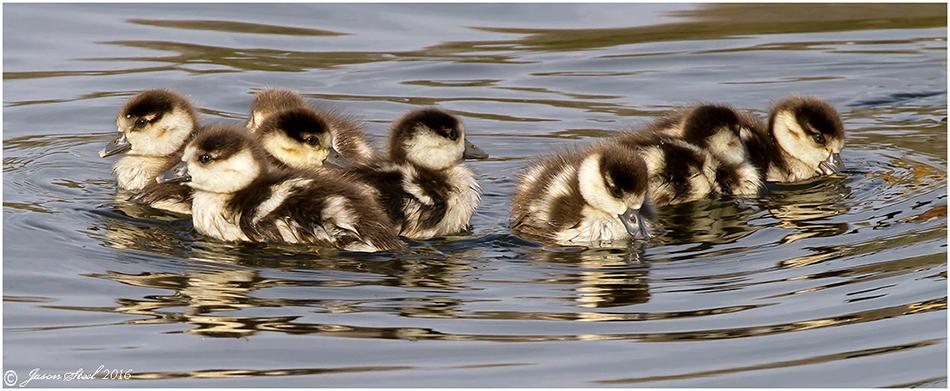
Mating starts very early in the season so eggs and chicks are vulnerable to hungry prey seeking food in the cold months at the end of winter. The Egyptian Goose tends to lay a clutch of 8-9 eggs. After an incubation period of around 28-30 days the chicks emerge and both parents take an active role in rearing the young until they are old enough to care for themselves. The parents can be very territorial and have been known to kill the off-spring of neighbouring Egyptian Geese to increase the availability of resources for their own young.
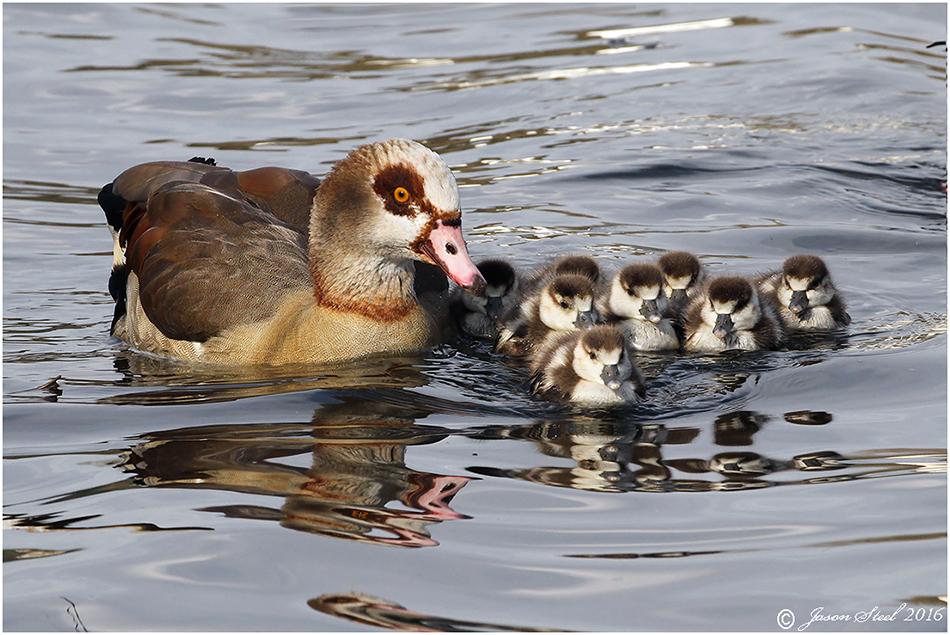
At just a few days old these chicks emerged in February and immediately took to the water under the close supervision of both parents.
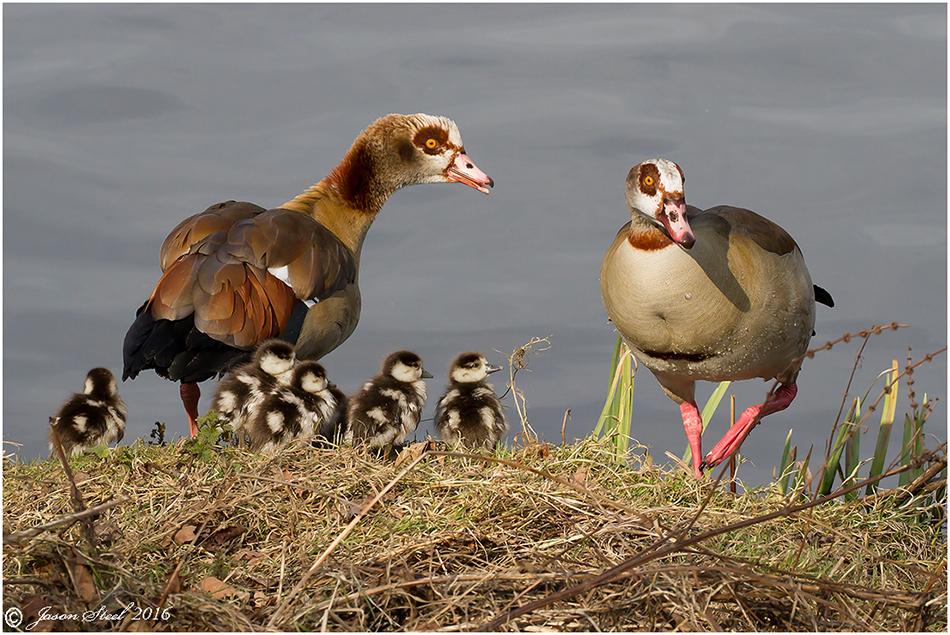
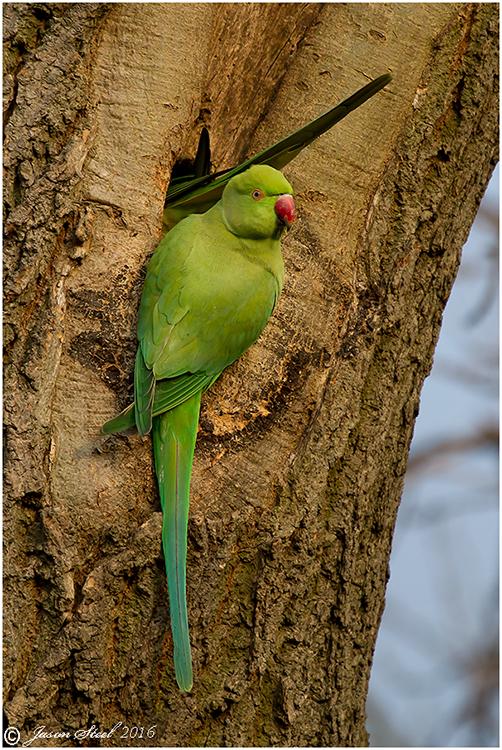
Ring-Necked Parakeet (Psittacula krameri)
Ring-Necked Parakeets have been popular as pets since Victorian times. They were also used on film sets in the UK during the middle of the 20th century. Inevitably some of these captive specimens found their way into the wild and despite originally coming from South Asia, where the climate is considerably warmer, these birds have adapted well to our cooler temperatures. They have been known to be breeding in the UK since at least 1969. Ring-Necked Parakeets have now been recorded in every county in England and there range has even reached Wales. London and the South-East of England remain their stronghold especially around local parks. These birds are bright green in colour and get their name from the adult male which has a black or rose coloured ring around its neck. This collar is absent from females and younger males. Young males usually take between 18 months and three years to develop the distinct ring markings. These birds have an average length of around 38-42cm however much of this is due to the tail feathers.
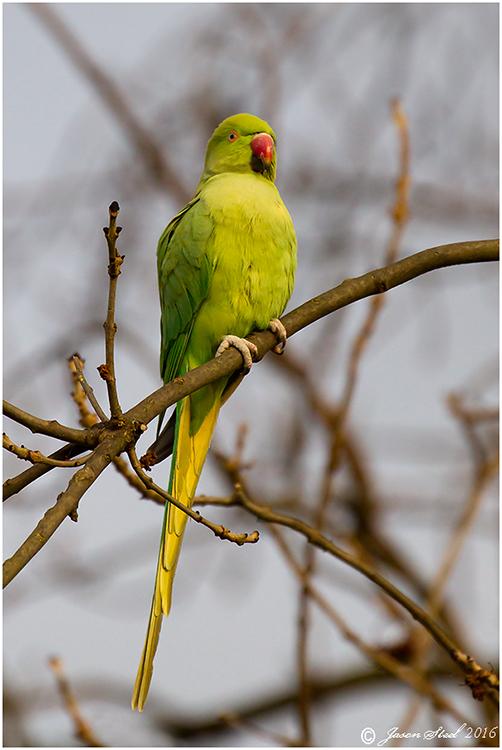
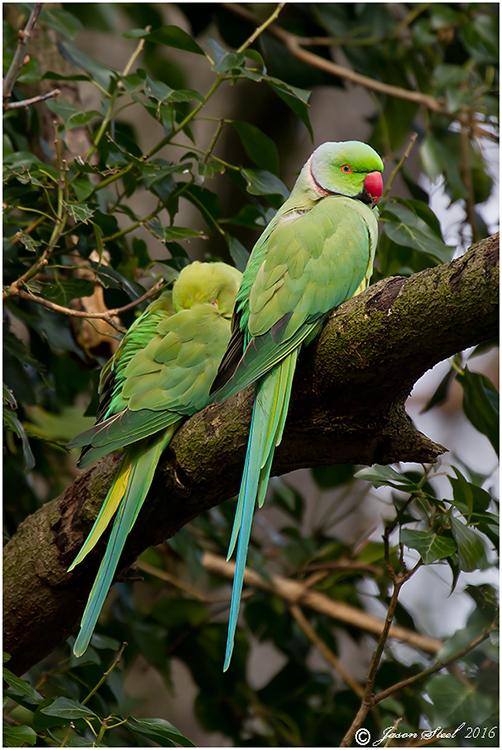
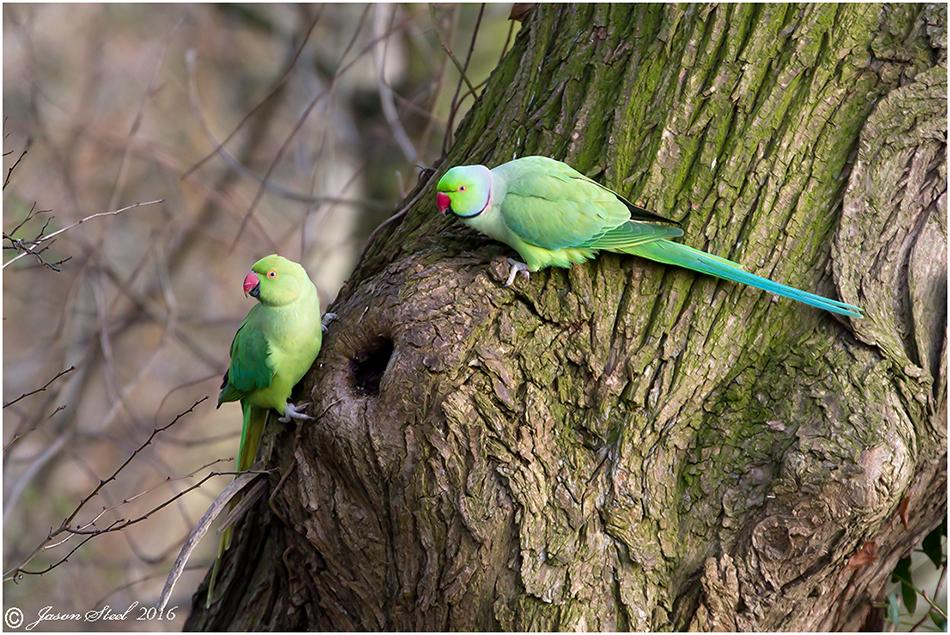
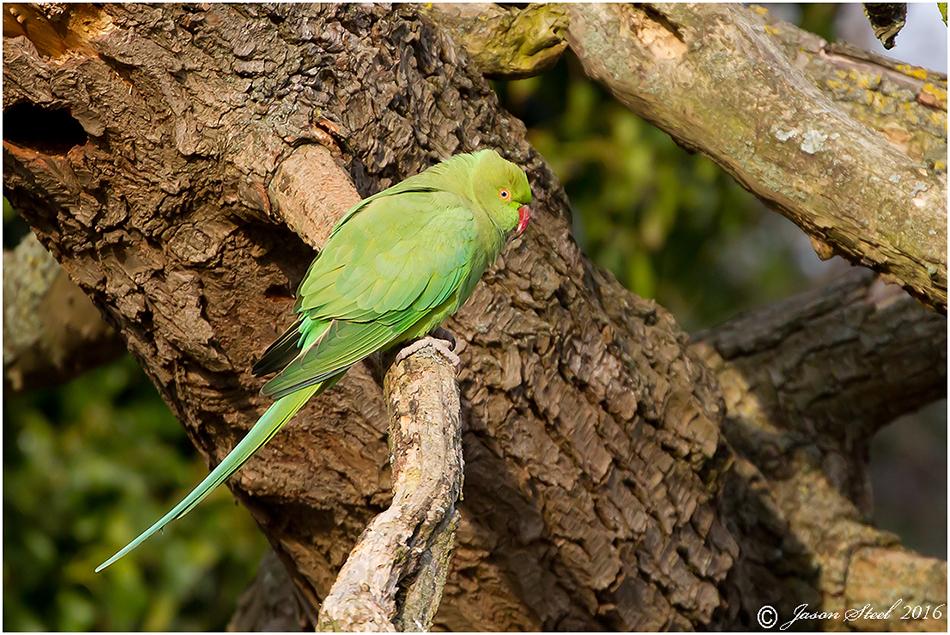
Ring-Necked Parakeets have a loud and distinctive squawk and are highly vocal. They often fly in large flocks and together they can be extremely loud. Both the males and the females have the ability to mimic human voices and other sounds. When bred in captivity the young birds become quite tame and receptive to learning. This species is purely herbivorous and feeds on buds, fruits, vegetables, nuts, berries and seeds. They can cause considerable damage to crops. The lifespan of theses Parakeets is usually 20-30 years but in captivity some have even lived for over 50 years.
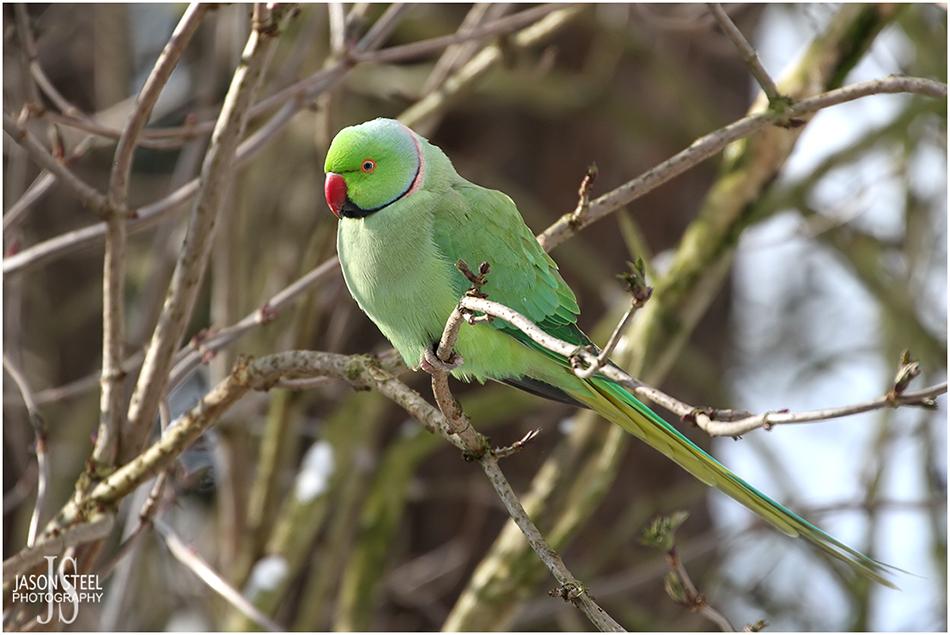
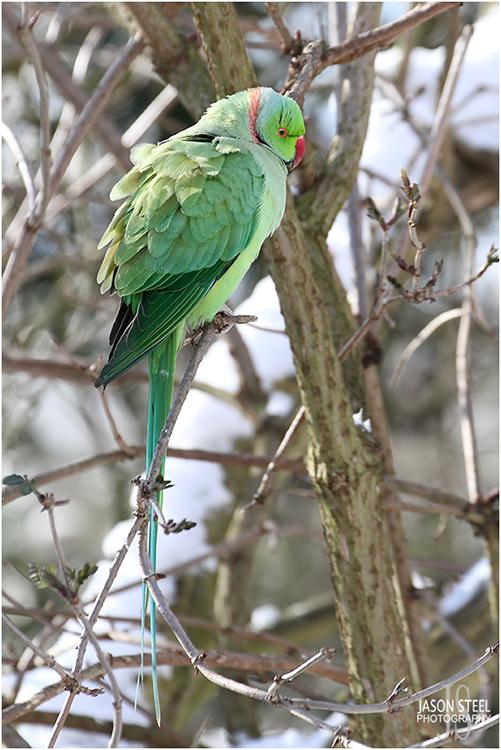
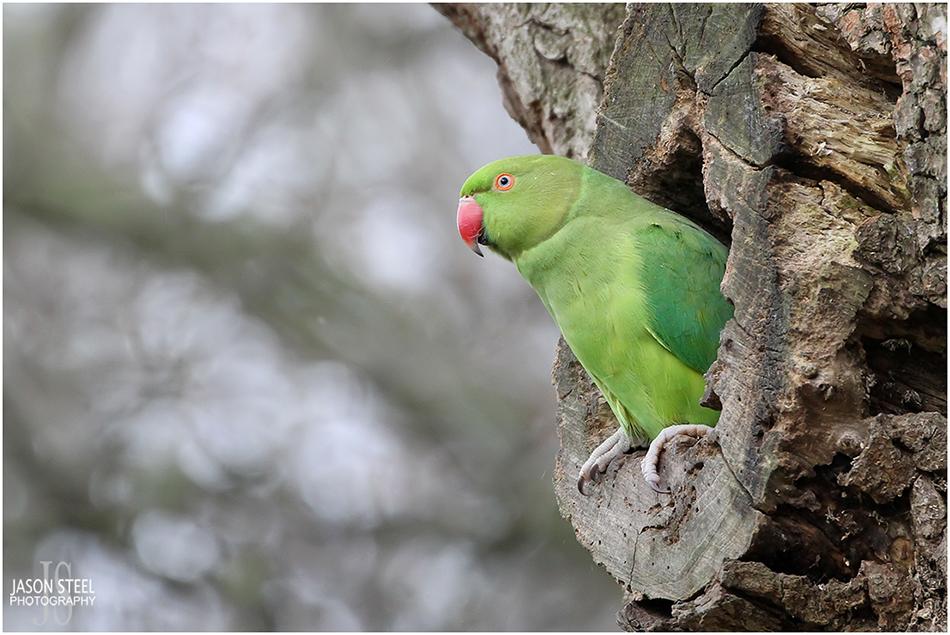
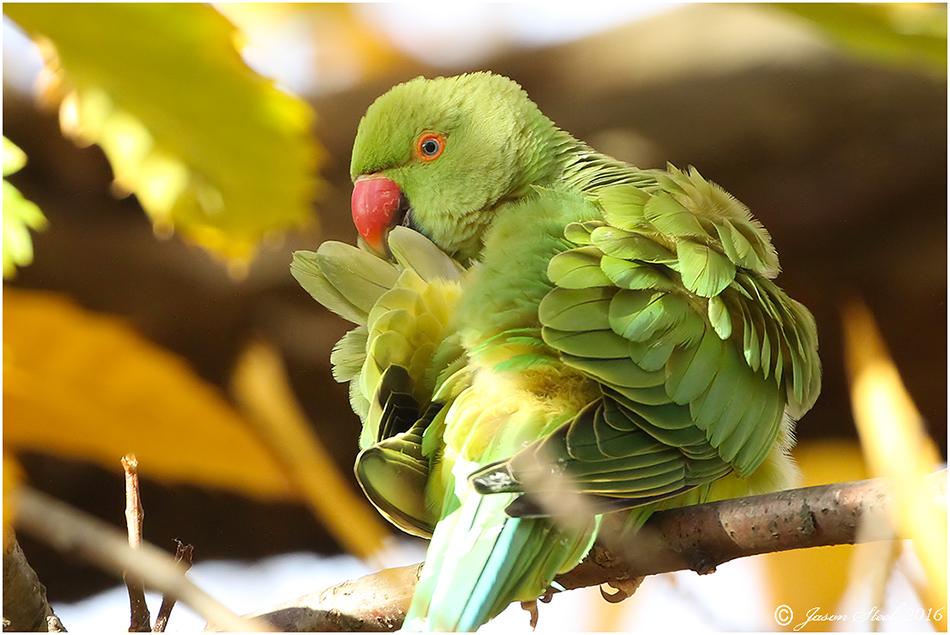
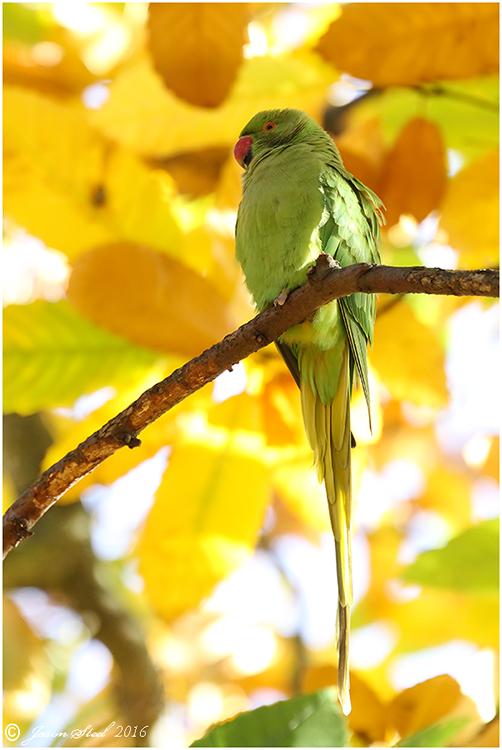
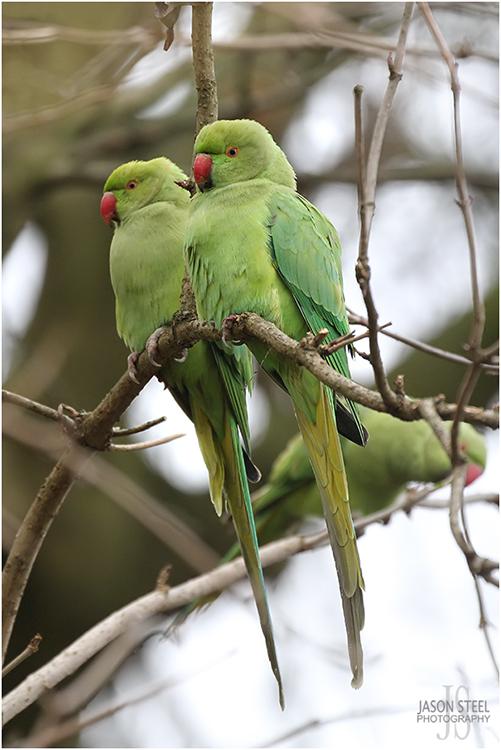
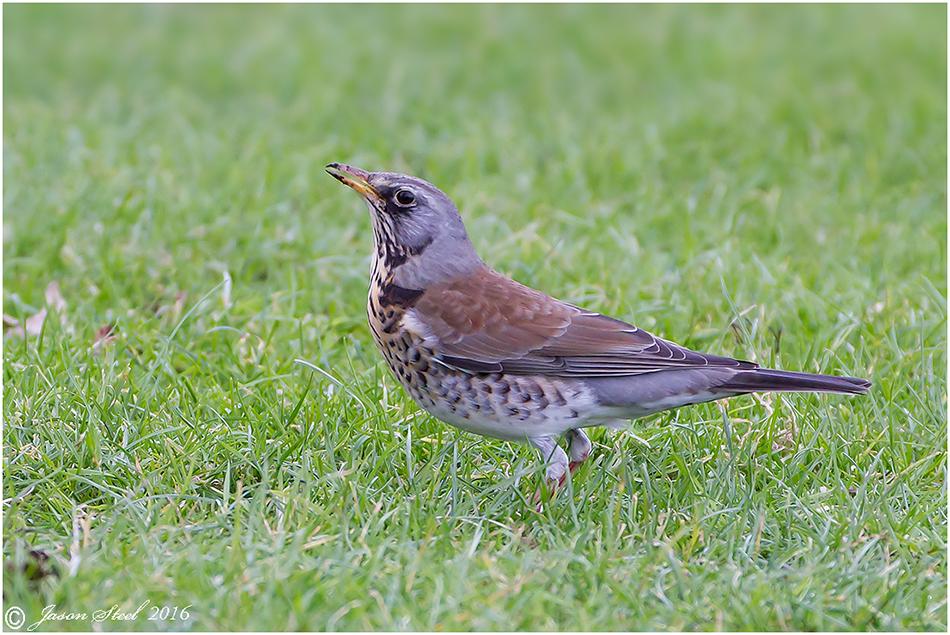
Fieldfare (Turdus pilaris)
The Fieldfare is one of the larger members of the Thrush family. They are social birds and are often seen in large flocks. They are most commonly found in the countryside or in large fields with trees for cover. Their regular foods are worms, snails, insects and berries and they are often seen hopping along under hawthorn bushes. They are confident in their movements and hop in an upright and bold manor. They occasionally visit UK gardens in severe winters. This is a migratory species that is usually absent from the UK in the summer. During the winter great numbers descend on the UK, usually from Scandinavia. There are very few Fieldfares that breed in Britain.